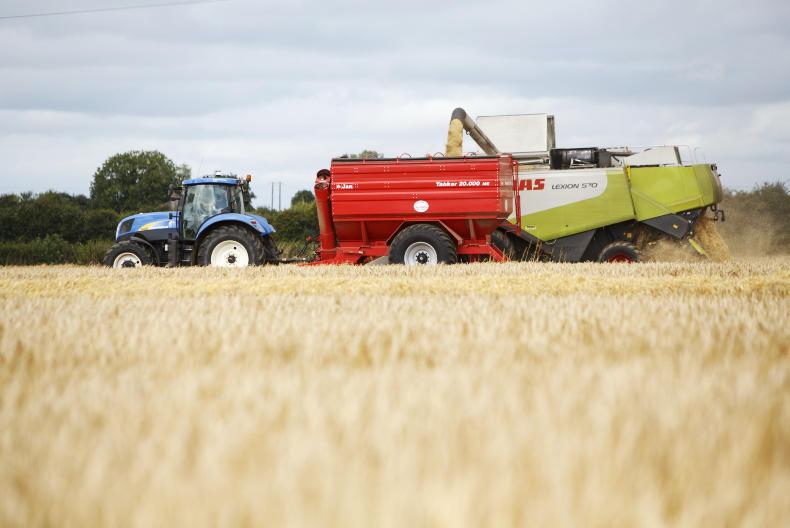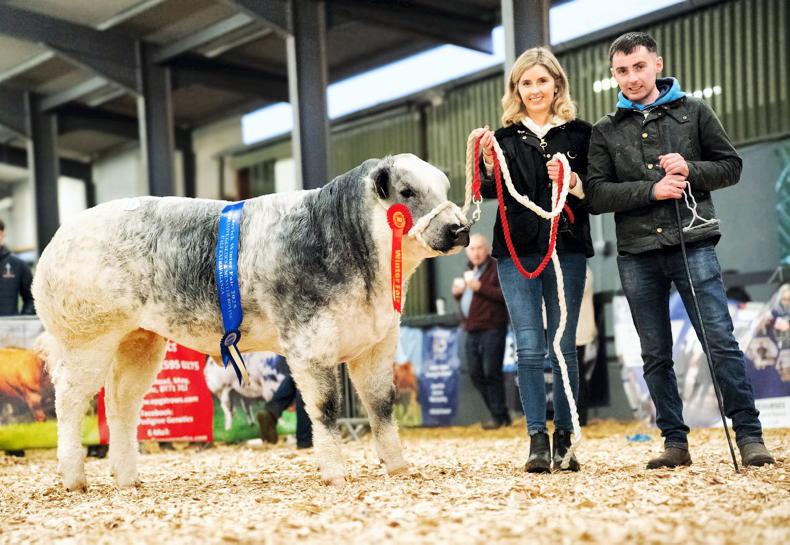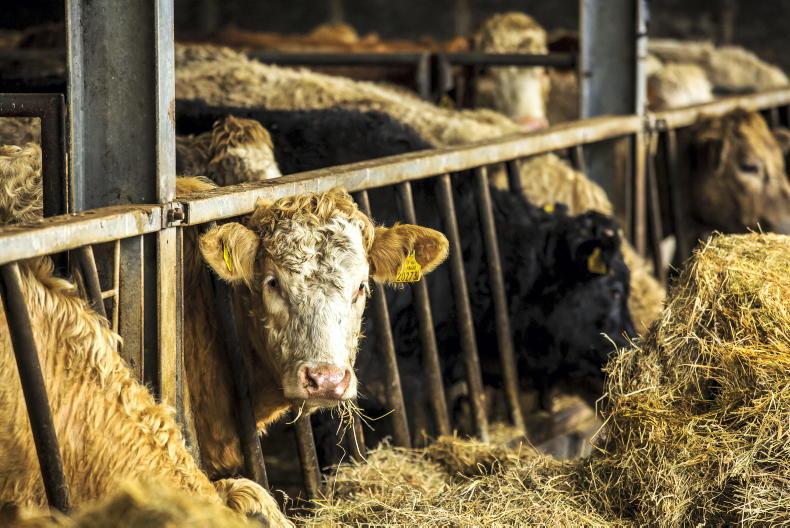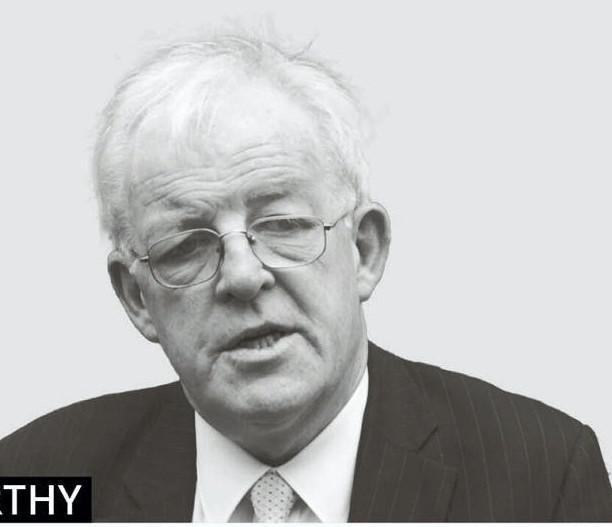The report estimates that lower margins in the dairy, beef and tillage sectors due to low prices and crop yields have pulled the overall farm sector's profitability down in 2016. Only sheep and pig farmers are seen to increase their income. However, the full rollout of BPS and GLAS have boosted the volume of support payments, leaving the average farm income flat.
Teagasc economists note that input costs fell this year, mostly thanks to lower fertiliser and fuel prices, while feed prices remained low. They highlight the "uncertainty ahead" following the "surprise decisions" in the UK's Brexit referendum and the US presidential election.
'There isn't any great driver out there that will bring commodity prices back up' - T. Donnellan, @teagasc
ADVERTISEMENT— Farmers Journal (@farmersjournal) November 29, 2016
For next year, Teagasc sees both the euro and the sterling remaining weak, which will hamper Irish exports to the UK but will help them outside Europe. Milk and grain prices are expected to go up, yielding higher margins for dairy and tillage farmers – especially those who increase milk supply. However, grain growers will still depend on payments to make a living.
The average cereal farmer will make a negative market based net margin in 2017, losing €30/ha after all costs paid - @teagasc
— Farmers Journal (@farmersjournal) November 29, 2016
Beef and pigmeat prices, however, are expected to decline and eat into farmers' margins. Sheep farmers are expected to see their operating margin decline, but this should be compensated by payments from the new sheep welfare scheme.
This is on the back of mixed consumer demand around the world, with dairy forecast to show strong growth while beef remains weak.
Global events such as elections in other European countries will have an impact in Ireland in 2017 pic.twitter.com/lJCsoKgN2s
— Farmers Journal (@farmersjournal) November 29, 2016
Teagasc expects input costs to rise slightly, with oil and feed prices showing moderate increases, while fertiliser prices continue to fall.
Labour costs to increase by 2% in 2017 - F. Thorne, @teagasc pic.twitter.com/LXLN9pOMfi
— Farmers Journal (@farmersjournal) November 29, 2016
The report noted that weather conditions were reasonable for grass growth but challenging for tillage this year, and assumed normal weather for next year.
Dairy margins set to improve in 2017
Beef prices to fall 12% next year – Teagasc
Average tillage farm to make a negative margin next year
Teagasc outlook: did 2016 forecasts come true?
Full coverage: Teagasc outlook 2017










SHARING OPTIONS